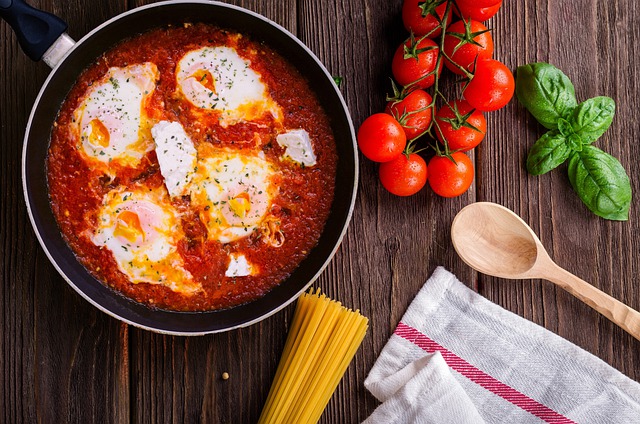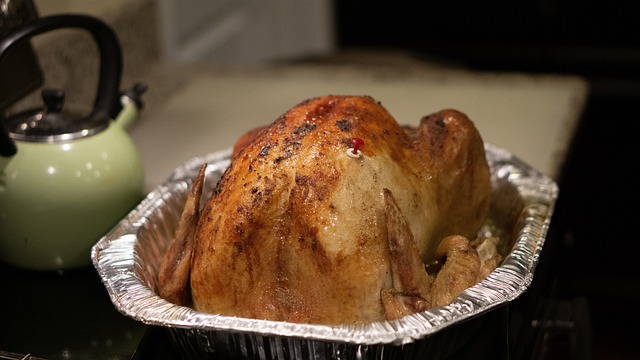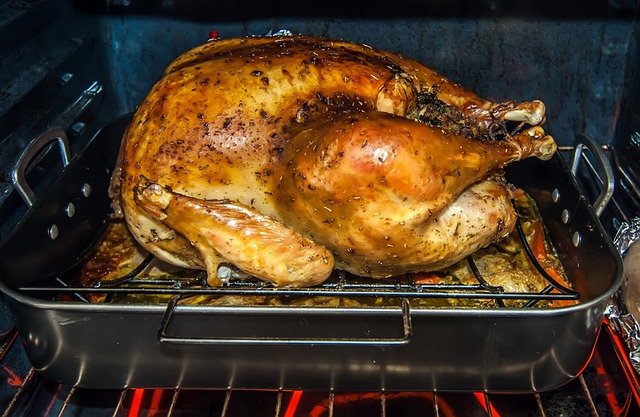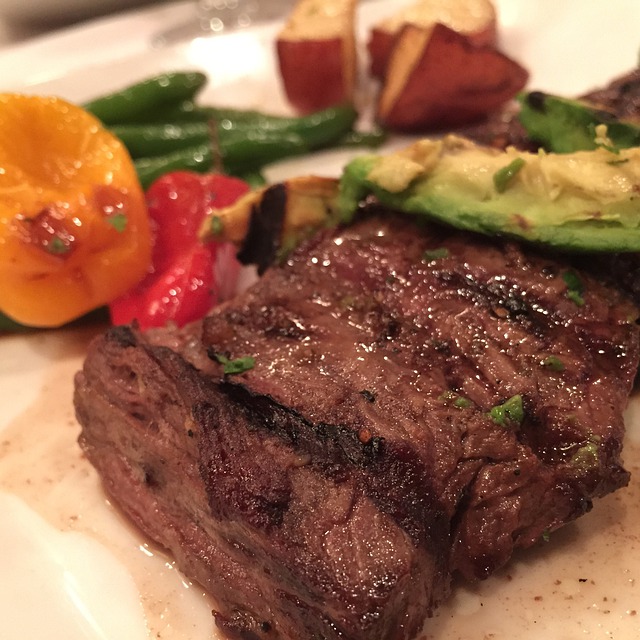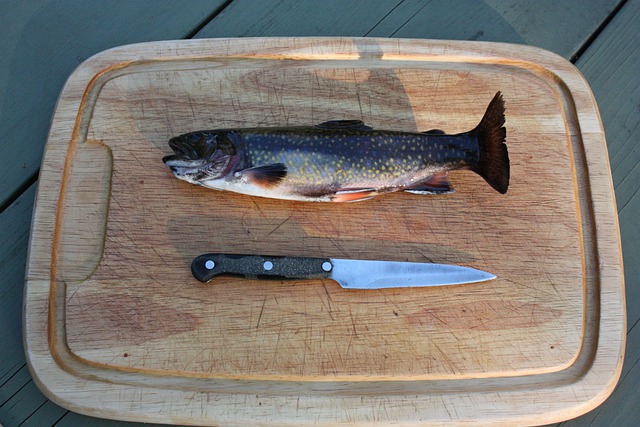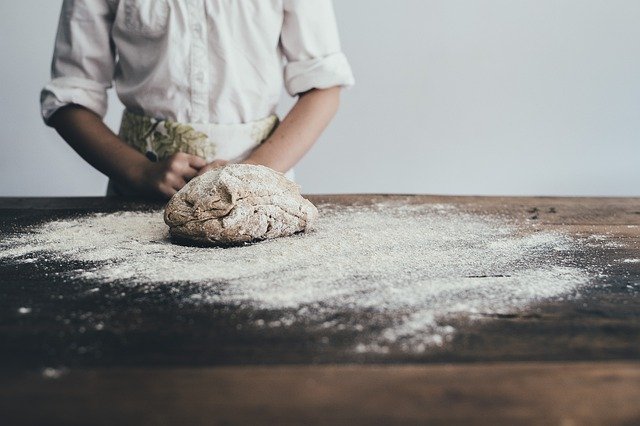How To Make Incredible Pan Sauces
If you want to elevate your cooking skills to a new level and add a whole lot more to your gastronomy repertoire, learn how to make a simple pan sauce. With this technique in your cooking bag of tricks, you can turn a simple pan-fried steak into a mouth-watering meal, a plain boneless chicken breast … Read more
